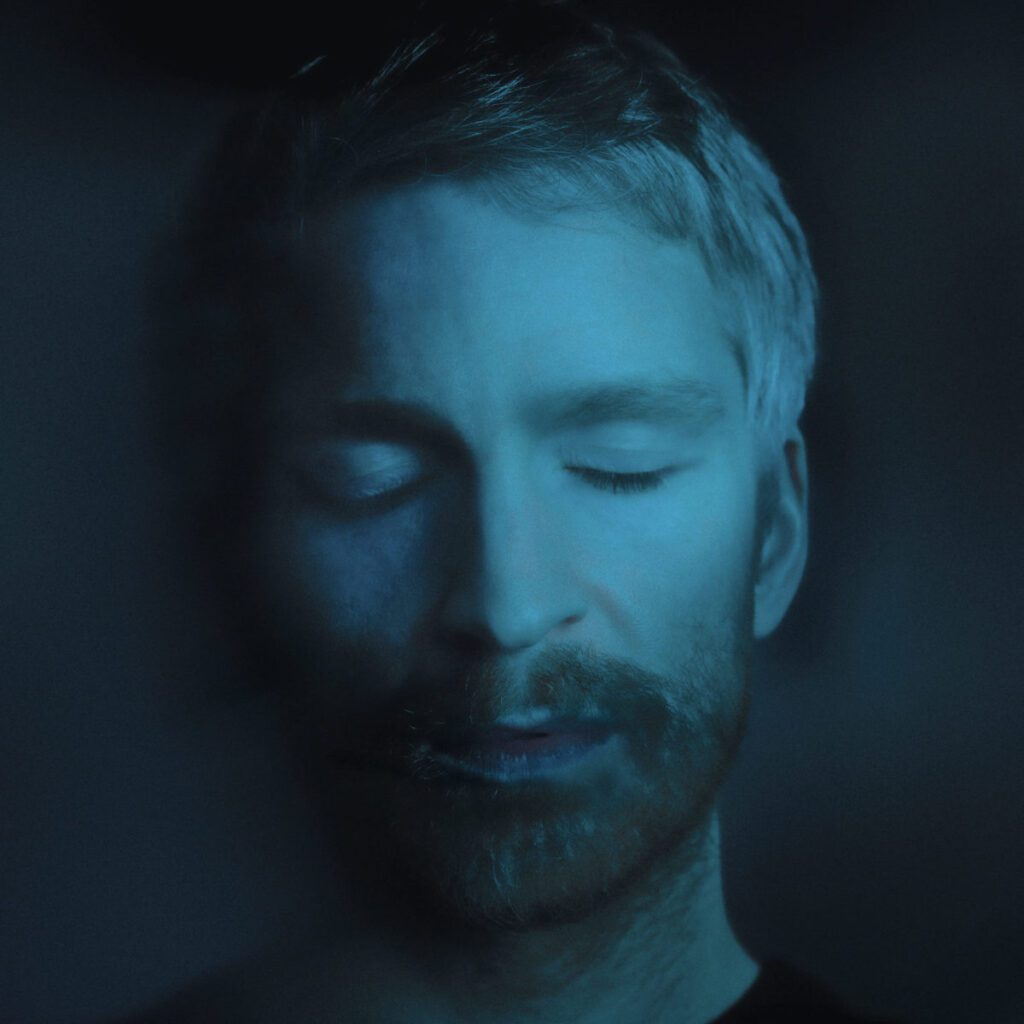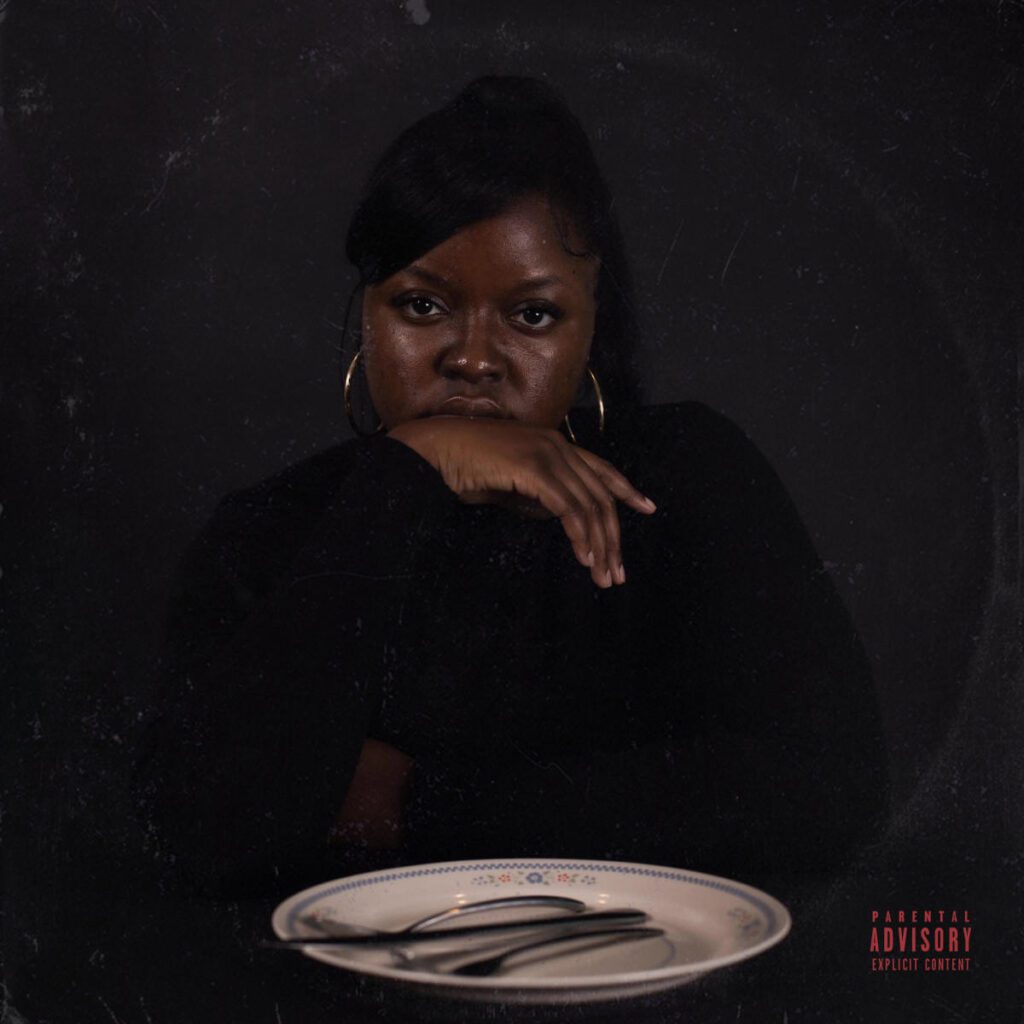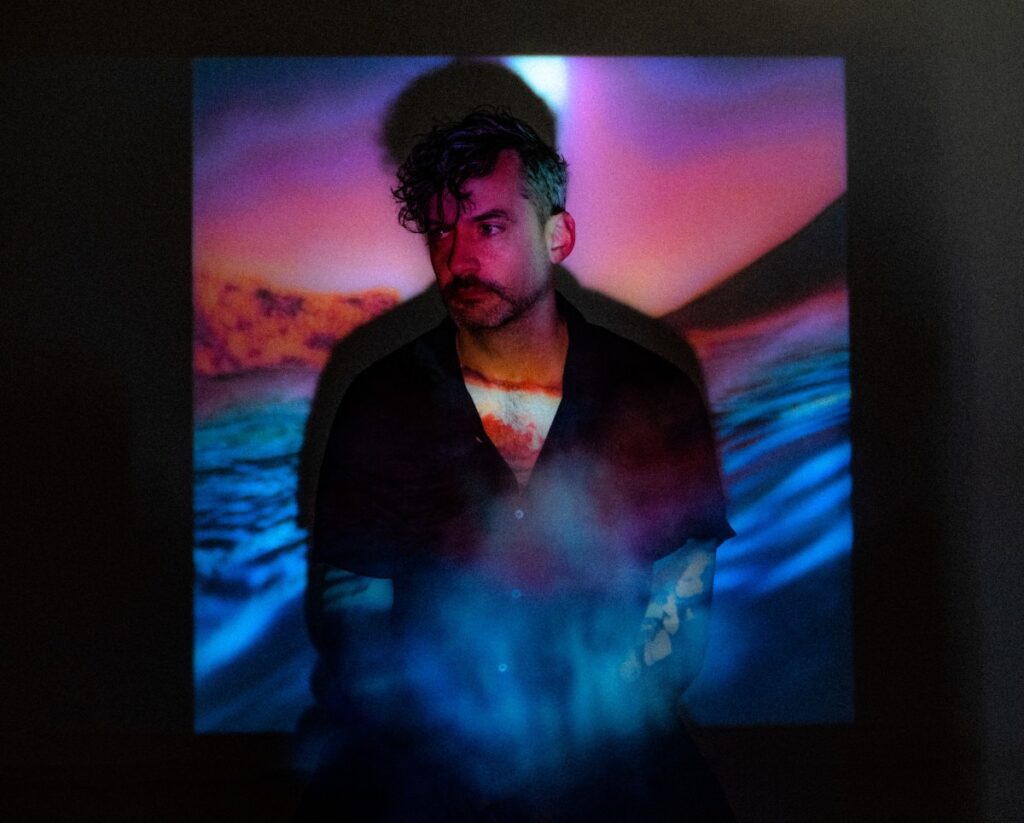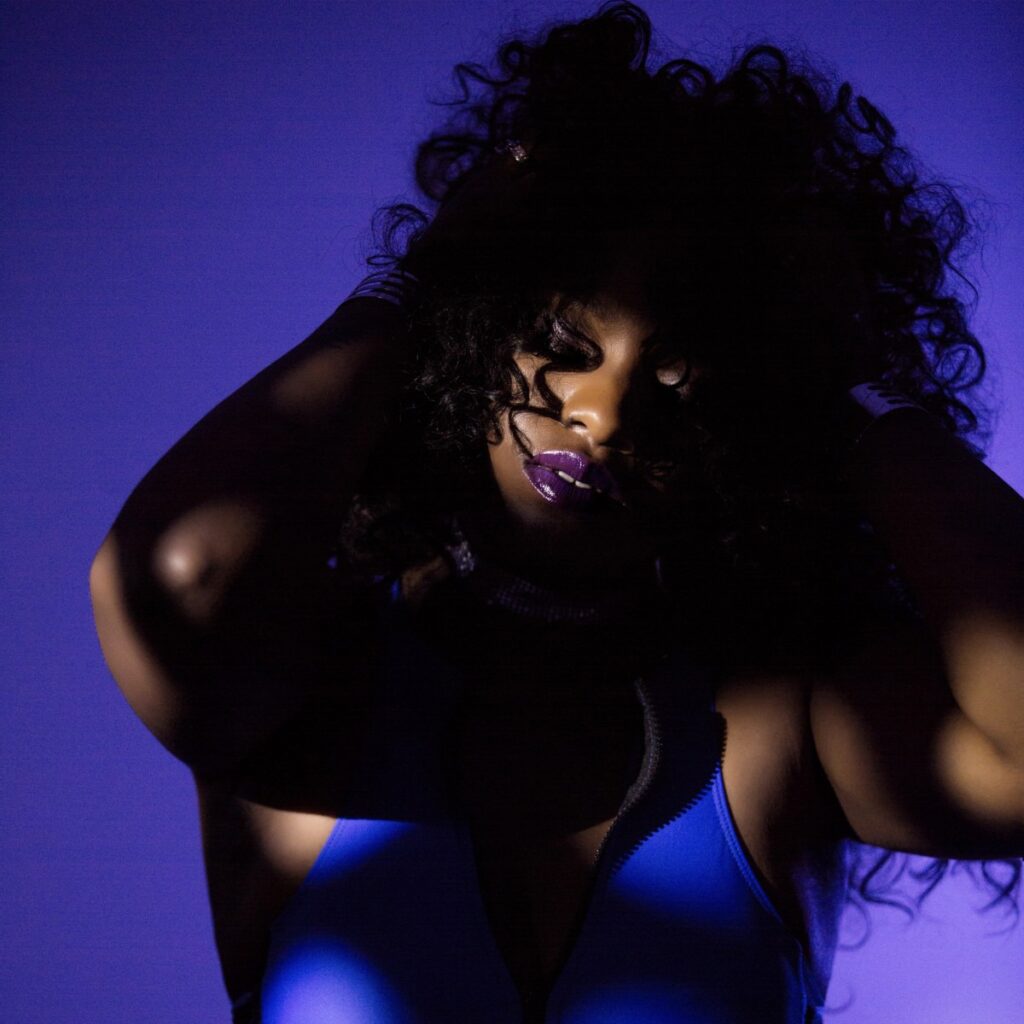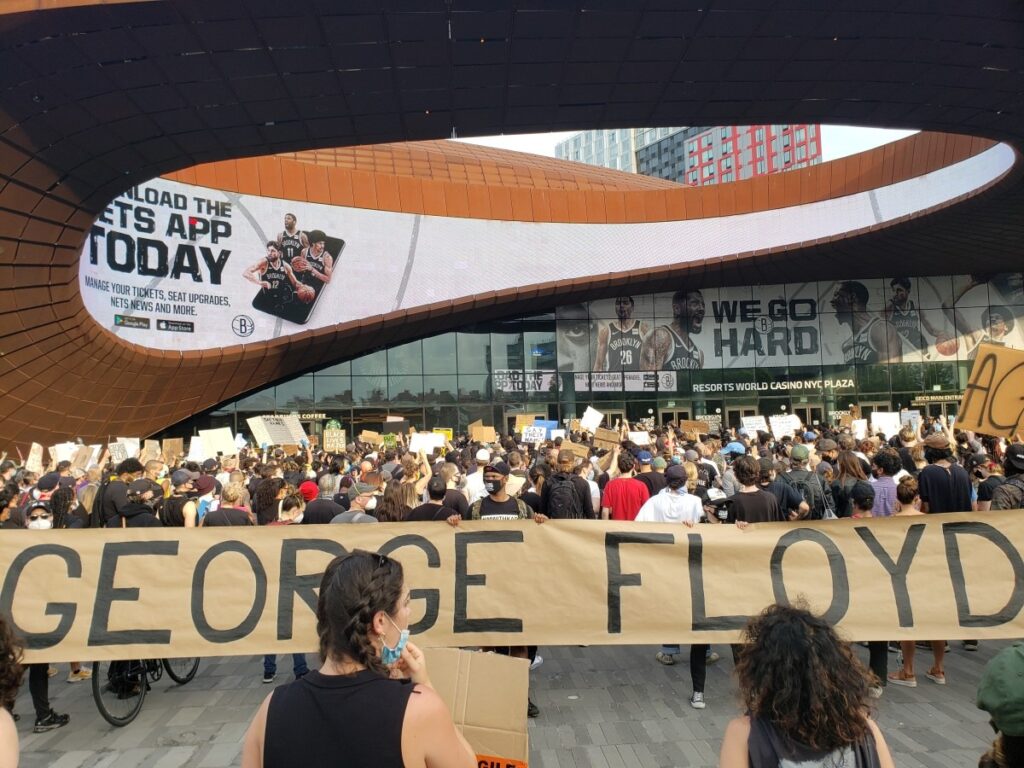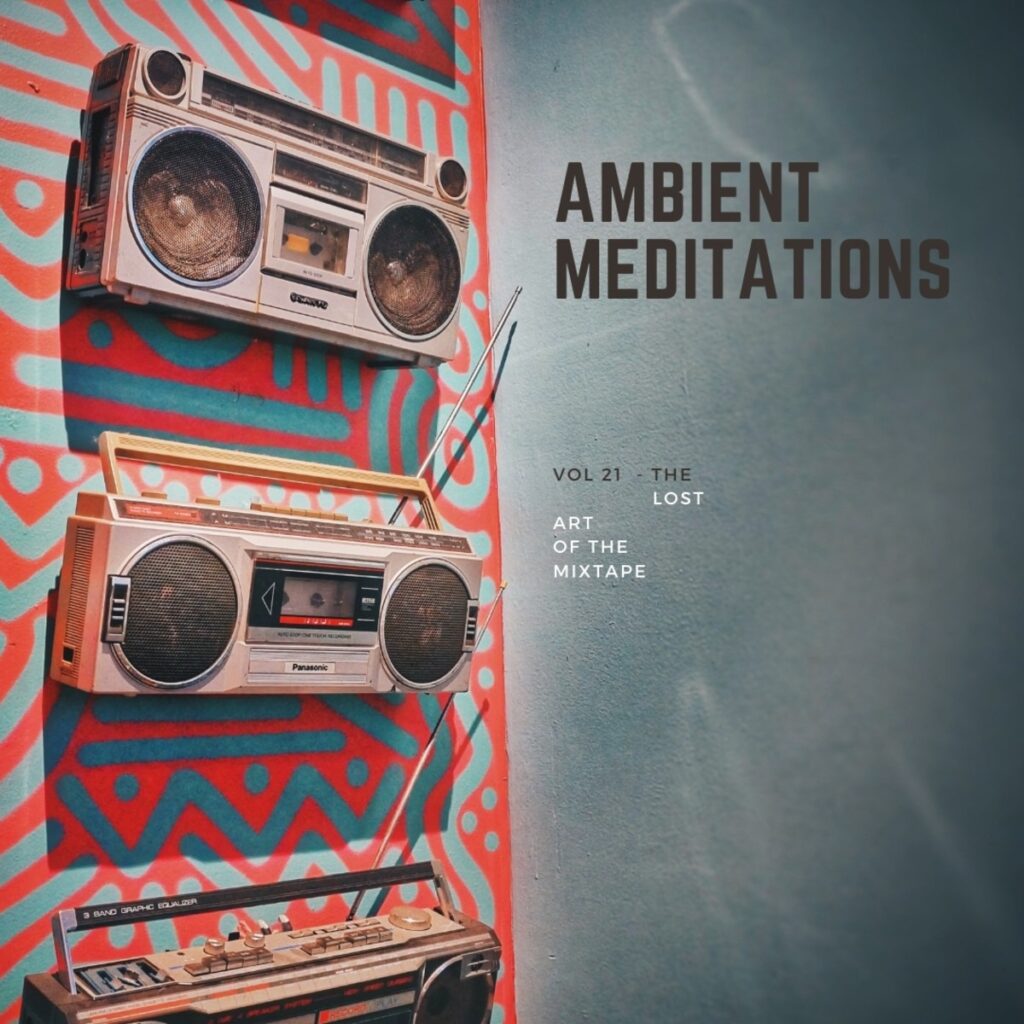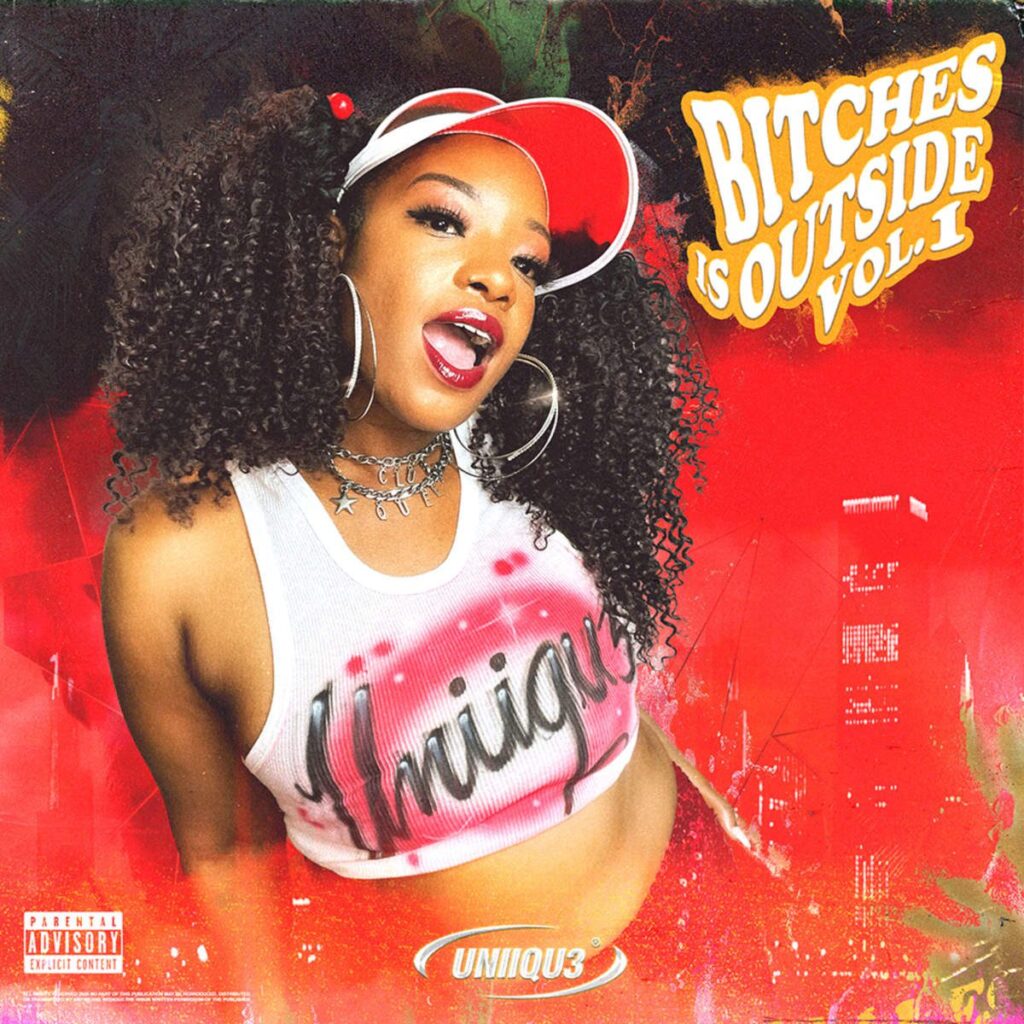What a fucking week. No point in sugar coating that. Stress and anxiety levels have been through the roof and we could all use something to calm the nerves a little bit. But there appears to be a joyous light at the end of the tunnel. Icelandic composer Ólafur Arnalds has just the solution with a new album some kind of peace. Born out of a conversation with a friend going over demos in his second home, Bali, the album reflects the attitude that we can’t control everything in the world, only how we react. For a control freak like Arnalds, that has not always been easy, especially in a year where a pandemic and civil unrest has uprooted just about everything we know about societies, but it has been a useful tool for getting through this.
“All we can do is control how we react to what life gives us. That just totally clicked; to me the music symbolizes that reaction,” he explains. “This album is very much about letting go."
The album is serene and peaceful, building on the types of ambient sounds he has put out over the past two decades as part of various projects. He has written compositions for a German metal band, done plenty of soundtrack work, been a part of the duo Kiasmos and of course released music as himself. He last released an album Remember in 2018. some kind of peace is largely the work of Arnalds, but there are collaborations with Josin, JFDR and Bonobo, a gentle, warbling piano & synth composition that slowly builds like something being woven off of a loom. The LP is pensive and reflective – perfect for trying to get your mind less cluttered and relieve a little anxiety.
He created this album in his studio at his studio at the harbor in downtown Reykjavík, which was completed just before lockdown took hold. To get a better idea of how this album was made, we asked the Icelandic composer to take us into the studio and show off the pieces of gear used to create this wonderful album.
Stream the album now and get a copy here.
1. Korg PS-3100
I’ve had a long time love affair with this one but on this record it went to the next level, becoming the exclusive lead synth on the record. It is still the only fully polyphonic analog synth ever made with one built-in VCO, VCF, VCA and EG for each of the keys on the keyboard! I retrofitted a Kenton MIDI kit into it for more control.

Korg PS-3100
Olafur Arnalds
2. Roland SRE-555
This is the rack version of Roland’s famous chorus tape echos. I used a pair of them for every synth sound on the record but I also often run string and piano textures through them to bring them alive.

Roland SRE-555
Olafur Arnalds
3. AKG C12a:
I was so lucky to come by a pair of these just before starting recording the strings for the album. I put them 2 meters away to act as the main sound for the strings, supported by KM84’s as close mics. These mics give everything this kind of fat warmth that I need when putting strings at the forefront of everything like I did here.

AKG C12a
Olafur Arnalds
4. Studer 962
This is another new addition to the studio, which has completely changed and improved my workflow. Not only are the pre-amps on this the cleanest I have come across but also going out of the box and creating synth patches and sounds via the mixer instead of on the computer made the process of sound design way more intuitive.

Studer 962
Olafur Arnalds
5. Nagra IV-S
This mobile tape recorder was made for field recording on film sets. It can run on batteries and has very nice transparent pre-amps built in which makes it perfect for when you find a nice piano somewhere. I bring this along with a couple of good microphones for the perfect mobile recording rig. The solo piano pieces on the album were recorded through this.

Roland SRE-555
Olafur Arnalds


